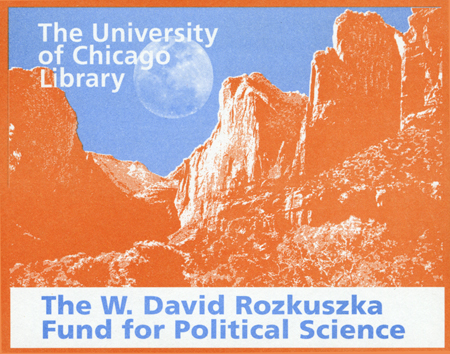Review by Choice Review
Burke, a Wisconsin assistant attorney general, examines the discourse since the Supreme Court decided in Baker v. Carr (1962) that legislative apportionment issues were justiciable and Congress adopted the Voting Rights Act of 1965 and subsequent extensions. These laws shifted debate from whether districts contained equal numbers of voters to whether racial minorities were electing leaders from their own races. Initially accepting this new emphasis, in Shaw v. Reno (1993) and subsequent cases the Court has ruled that districts can be racially configured in such bizarre shapes as to be unconstitutional. Although sometimes overly technical and redundant, Burke ably contrasts the liberal individualistic view of representation with the more communalistic one. Moreover, by linking recent opinions upholding race-based representation to earlier opinions in which dissenting justices suggested that factors other than numerical equality needed to be considered, Burke shows that neither the individualistic nor the communalistic view is inherently conservative or liberal. Because Burke believes that justice is contextual and elusive, he argues that the Supreme Court has wisely decided not to side conclusively with either the individualist or the communal view. Upper-division undergraduate students and above. J. R. Vile; Middle Tennessee State University
Copyright American Library Association, used with permission.
Review by Choice Review

